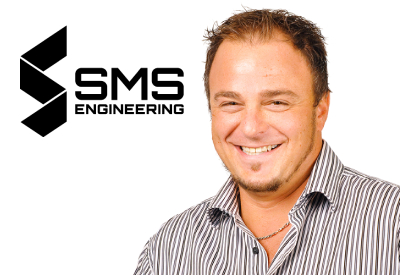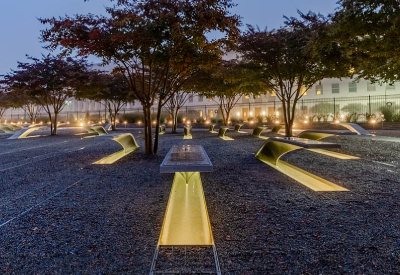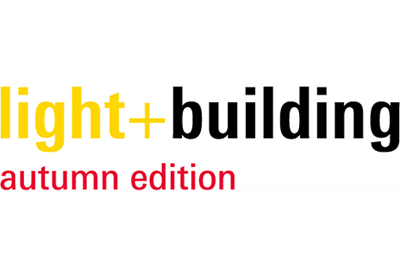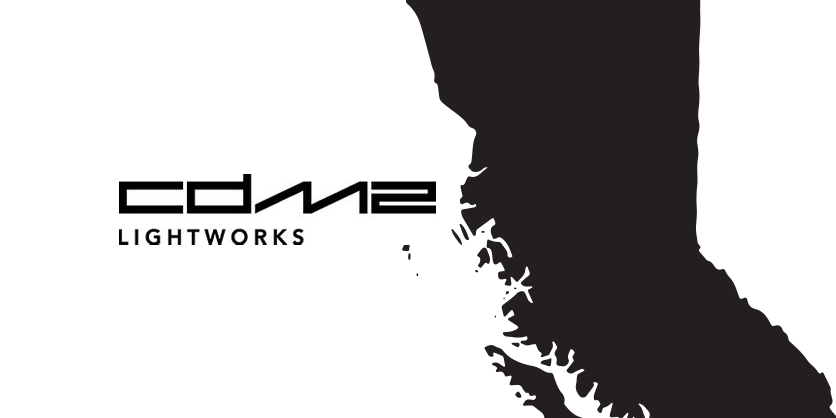Galina Zbrizher: An Atmospheric Strategist at Heart
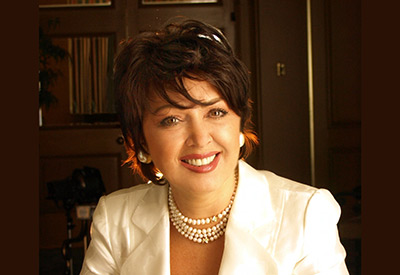
When Galina Zbrizher of Total Lighting Solutions in Vancouver, BC started working in the lighting industry about 30 years ago, lighting design and technologies were still in the early stages of development. She participated in shaping the industry by serving on the Board of Directors of the International Association of Lighting Designers (IALD), serving as President of the Illuminating Engineering Society (IES) – Toronto Section, Chair of the IES Hospitality Facilities Committee, and active contributor to the IES Design Guide for Hotel Lighting DG-25, by serving seven years on the Lightfair International Conference Advisory Committee, and finally as a judge for several lighting design competitions and contributing author for lighting design publications. Between extra curricular activities and a busy work schedule with projects across the application spectrum, Galina took some time to let us get toknow her a bit better.
How did you end up in lighting design and with your own company?
By accident! I didn’t intend for lighting design to be my profession. I studied in the former Soviet Union in a university specializing in construction of municipal buildings, and graduated with a major in economics for construction. It’s an engineering degree, and comprises a general knowledge of all building systems including architecture and all types of engineering with an emphasis on project management and finance. When I moved to Toronto, I didn’t speak a word of English, and was lucky to get hired as a draftsperson by a consulting engineering firm. As my English improved, I progressed from drafting to electrical design that included design of lighting, which I was drawn to. To learn more, I took IES100, IES150 (now known as the Fundamentals of Lighting series and Advanced IESNA lighting courses). I faithfully attended courses at Lightfair every year, learning from the most talented and accomplished lighting professionals, I read about lighting, I looked at lighting wherever I was, and learned from mistakes and successes on my projects. Because our industry and our profession are so young, it feels like I kind of grew up with it. It’s mind-boggling to think that when I began to design lighting, CFL, halogen and ceramic metal halide technologies were considered cutting-edge. By the time I moved to Vancouver in 1995, lighting design became 100% of my occupation. In 2001 when the multi-disciplinary firm I worked for as a principal of lighting design group was purchased by a bigger multi-disciplinary firm with no interest in developing lighting design practice, I had to make a decision whether I would continue working for someone else. By happenstance, next day after I learned of my job becoming obsolete, I was asked to design lighting for the Whistler Conference Centre, a significant sized project, and at the time it seemed that the decision was kind of made for me. And that is how my firm, Total Lighting Solutions, came about. To learn how to run a business, I went to business school while designing TLS’ first project, and with other projects coming along shortly, I never looked back.
With numerous awards and extensive lighting design industry involvement, your passion is evident. What motivates you to operate at this high level?
My mother. Or, at least I hold her largely responsible. I grew up being told practically daily, “You have to live up to your potential.” And according to my mother, there was no limit to my potential. Living up to your potential pretty much translated into studying and working super hard. I believe that after many years of “practice” under my mom’s directive, wanting to do the best that I can and putting all my energy into what I’m doing became part of my personality. I don’t know of any other profession where people are as passionate about their work as lighting designers are; we are incredibly lucky to do what we love and be paid for doing what we love doing. I feel the same way; lighting design is my work, hobby and passion, and it’s no wonder that I give it as much time as I do. That and the deadlines! The drawback is that I think I became a workaholic, and would not call my life balanced.
A client of yours in Vancouver refers to you as an “atmospheric strategist.” What does that mean to you?
First of all, I seriously considered putting that as a title on my business card; I think it’s a fantastic description. What it means to me is that there’s nothing more powerful in establishing mood and atmosphere than light. Mood of any space, in my opinion, is created by the quality of light and its composition. Any space can be made to feel the way that the client intended it to feel when light treatment is applied purposely to evoke a specific emotion. But no matter what the space is, if the emotional response was accidental to design process or if the client’s intent for the space was misunderstood, or if selection and placement of light were wrong, the space will feel wrong.
How has the insurgence of LED influenced your lighting designs compared to other technologies such as incandescent or fluorescent?
Like everything, there are plusses and minuses to LED. On the plus side, working with miniature-sized LEDs is great in that it allows better concealment and integration with architecture; allowing spaces to be lit with smaller, less obvious luminaires. Precise optical control allows us more control in achieving design intent using considerably less energy, especially in exterior designs. Dimming control and ability to integrate smart technologies inherent to LED allows present time response, integration with any computer-based environments, and more flexibility in exterior space design than HID and fluorescent systems. “Smart” controls, long life, miniature size and ability to save energy are benefits that I consider top in LEDs. On the other hand, I find that more attention is needed when designing with LED because oftentimes they’re less predictable in creating lighting effect than other sources. Intensity, diffusion and colour variances are difficult to predict from information provided by specifications, and integration is difficult, especially with LEDs from different lighting manufacturers on the same project. Even though LEDs may have very similar specifications in terms of wattage, colour temperature, CRI (color rendering index) and R value, they are often very different in intensity, colour and colour rendition. The other element of LED that I find frustrating is controls compatibility. With one control system and luminaires from different manufacturers, you can bet your bottom dollar that luminaires will all react differently. So in terms of how LED has impacted our design process, it definitely takes more time to design a system with LED. However, LEDs are an incredible resource in today’s toolbox that allow us to achieve amazing things that were just not possible previously. I think we’re all still on a learning curve.
If you could design anything, anywhere and with no constraints, where and what would it be? In other words, what’s your dream project?
My dream project would be to work with Santiago Calatrava on any project, anywhere and anytime because I find his designs truly inspiring. It doesn’t really matter what kind of project, whether it’s a bridge, or tower, or museum or a winery; every single one of them in my opinion is a gorgeous example of the confluence of art, architecture and structural engineering where form and function are one and the same.
When designing any space, what is the biggest consideration, and do you weave a signature style or element into the design?
I don’t know that there’s a biggest consideration; I think there are a number of considerations that have the same weight and same importance. And sometimes consideration that appears to be less important turns out to be significant because of its impact on something else on the project. With that said, functionality is the primary goal, because if the project does not function successfully, the project is not successful. In the broad sense, integration with architecture and all other building systems and every person’s effort to lessen environmental impact, including impact of light and lighting, are at the top of my list.
This article first appeared in the winter issue of Philips’ LuminousSpec.

